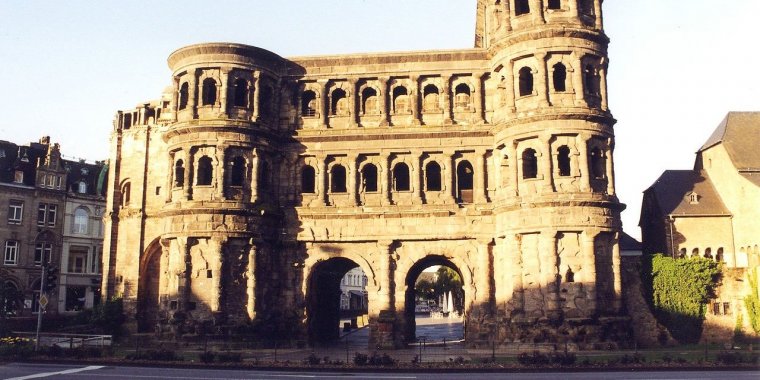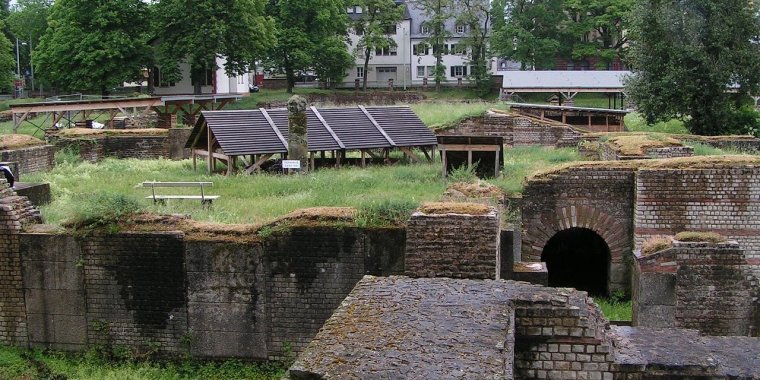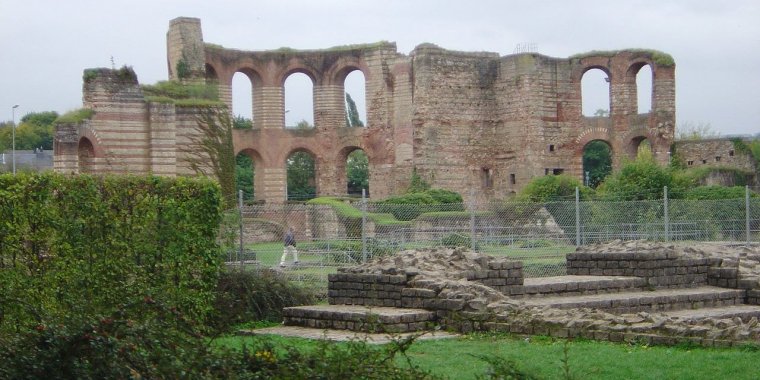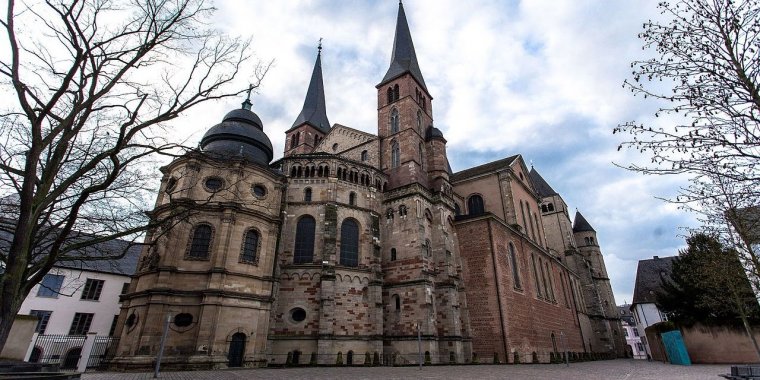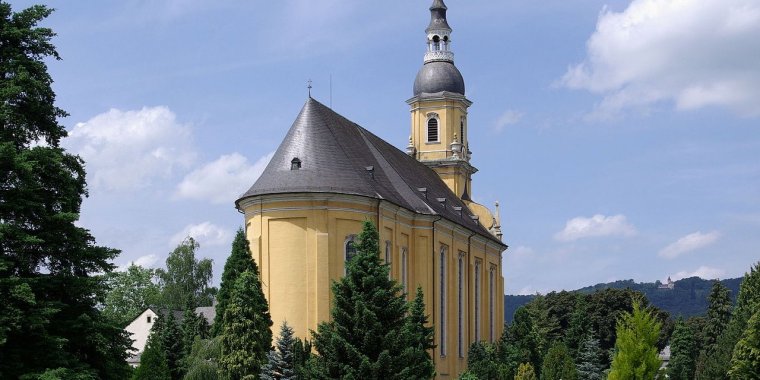| Travel / Tourist Attractions |
Tourist Attractions in Trier, Germany
Trier is a city in Germany on the banks of the Moselle. Trier lies in a valley between low vine-covered hills of red sandstone in the west of the state of Rhineland-Palatinate, near the border with Luxembourg and within the important Moselle wine region. The German philosopher and one of the founders of Marxism, Karl Marx was born in the city in 1818.
• Porta Nigra, Porta-Nigra-Platz. Build between 186 and 200 AD this is the largest Roman city gate still standing north of the Alps.
• Barbara Baths (Barbarathermen). Large ruins of Roman baths.
• Trier Imperial Baths (Kaiserthermen), Weimarer Allee 2. Roman baths.
• Roman amphitheater, Bergstraße 45. Which used to host 20,000 spectators.
• Forum Baths. Roman baths.
• Basilica of Constantine (Aula Palatina), Konstantinplatz. Roman palace basilica that was built by the emperor Constantine at the beginning of the 4th century. It is today used as a Protestant church; adjacent is the Electoral Palace.
• Roman Bridge Trier (Römerbrücke). Over the river Mosel, nine bridge pillars date from the 2nd century AD. The oldest bridge north of the Alps still crossed by traffic.
• Trier Cathedral (Hohe Domkirche St. Peter zu Trier), Liebfrauenstraße 12. Incorporates part of a church built by Emperor Constantine and contains the relic of the Holy Robe, a garment said to be the robe Jesus was wearing when he died, as well as many other relics and reliquaries in the Cathedral Treasury.
• St. Paulinus Church (Sankt Paulinskirche), Palmatiusstraße 4. One of the most important Baroque churches in Rhineland-Palatinate and designed in part by the architect Balthasar Neumann.
• Liebfrauenkirche (Church of Our Lady), Liebfrauenstraße 2. One of the earliest Gothic buildings in Germany.
• St. Matthias' Abbey, Matthiasstraße 85. Benedictine monastery, Romanesque basilica. A still-in-use monastery in whose medieval church the only apostle north of the Alps is held to be buried.
• Rheinisches Landesmuseum, Trier, Weimarer Allee 1. One of the most important archeological museums in Germany.
• Karl-Marx-Haus (Karl Marx's birth place), Brückenstraße 10. Where Karl Marx was born, in 1818. It contains a museum about Marx and Marxism.
• Judengasse. A former Jewish Street that now houses different bars.
• Old Jewish cemetery (Jüdische Friedhöfe), Weidegasse. From the 17th century.
• Old Crane (Alter Krahnen). Harbour crane dating from 1413.
• Customs Crane (Zollkran). 18th century crane. (Wikivoyage)
YOU MAY ALSO LIKE







